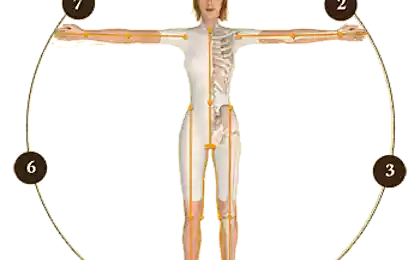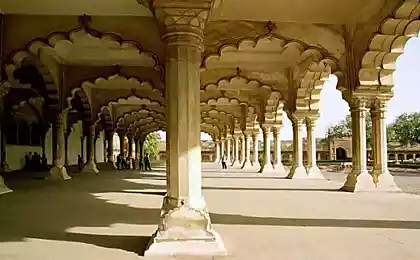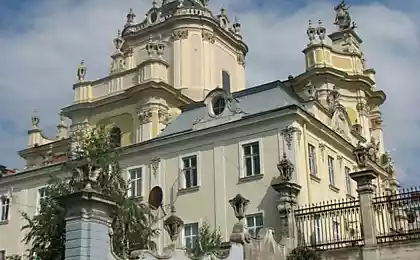739
Learn to distinguish between architectural styles
A detailed overview of the most popular architectural styles, decorated in the style of "For Dummies";) In the continuation of the post you will learn to distinguish all important areas of architecture. Read more.
Pantheon in Paris
If all is strict, direct, blissfully symmetrical and large round columns - a classicism.
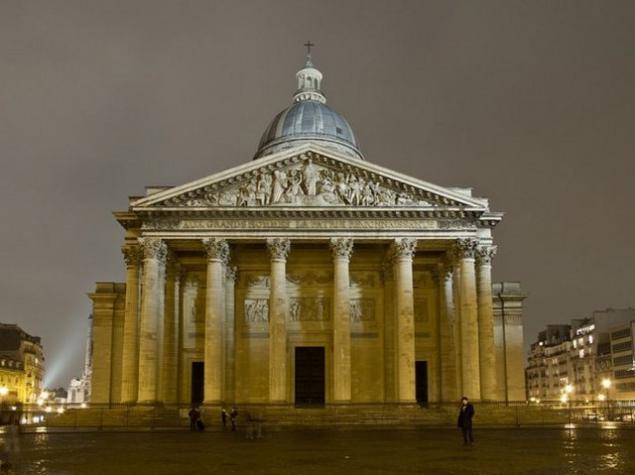
Triumphal Arch in Moscow
If classicism became more solemn, pretentious and higher, it is the Empire.
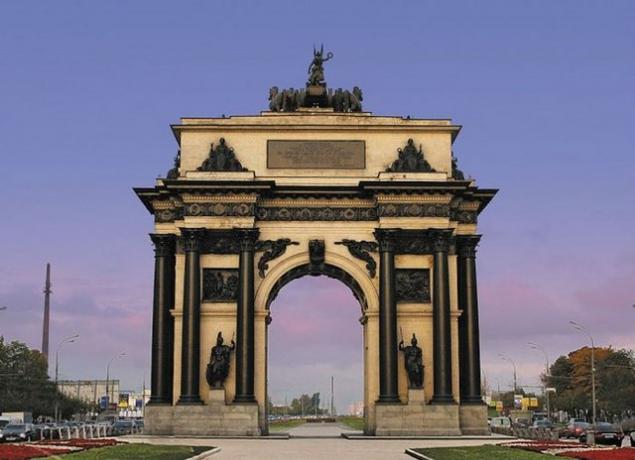
The hotel "Ukraine" in Moscow
If this main building of Moscow State University, or one of six other such buildings twins, or ring metro stations, it is Stalin's empire.
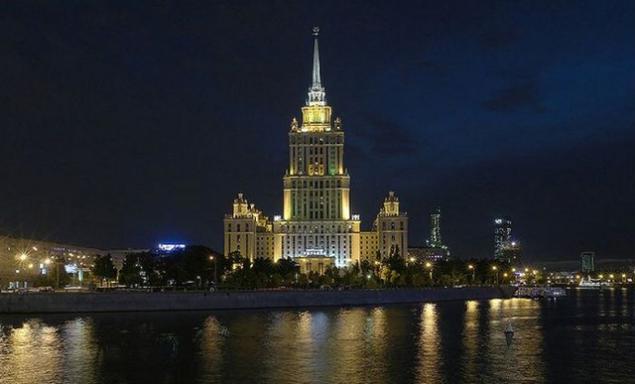
The castle of Versailles in Paris
If you are tired of classicism rigor, straight lines and following the ancient canons, and now the building resembles a dessert with whipped cream, sprinkled with gold, decorated with stone atlantes and other people - this is the Baroque.
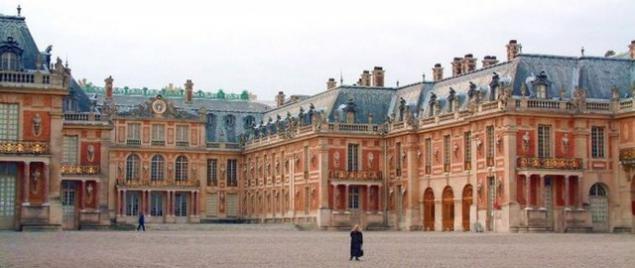
Chinese house in Potsdam, Germany
If you think that the building flirts with you, whimsical purses lips and corrects abundant but thin, light, elegant gold ornaments and swirls, you're not uporolis. It's just the Rococo.
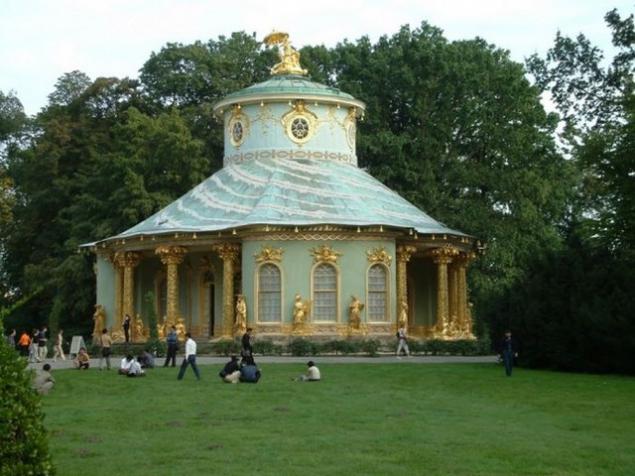
Cathedral of St. James in Santiago de Compostela in Spain
If the splendor of the densely naleplennyh details and frills becomes uncomfortable, even baroque, it ultrabarokko.
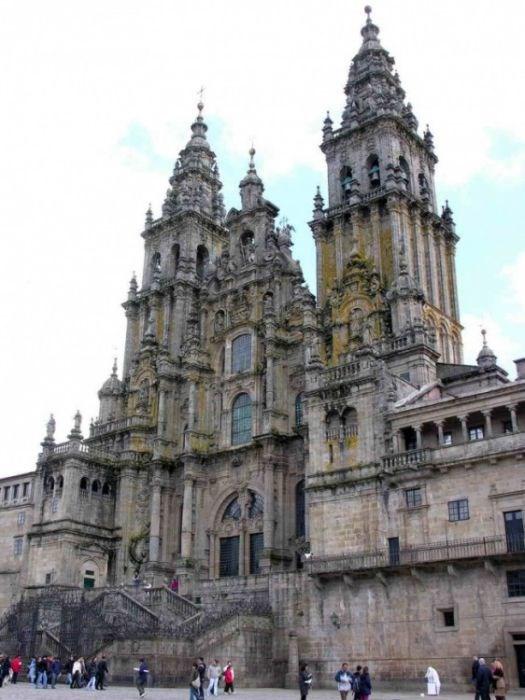
Peter and Paul cathedral in Kazan
If the building in Russia looks like a painted tall gingerbread house, and immediately want to eat, it is Russian Baroque.
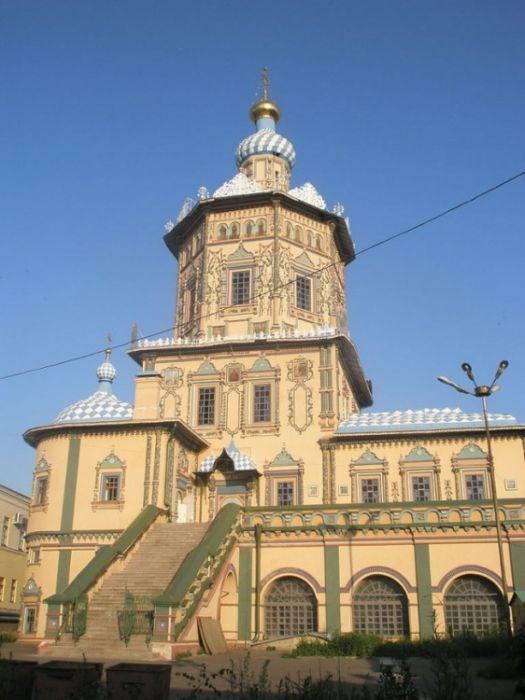
GUM in Moscow
If the building is like something very old Russian, but all the "rich" and decorated the antiquity does not pull, it is pseudo-Russian style. Disappointing that name.
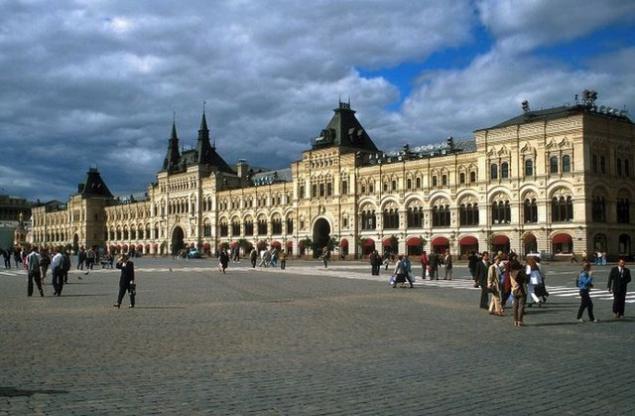
Palace of Westminster in London
If you think about the building can be scratched - it is all tall, slim and sharp - it is neo-gothic.
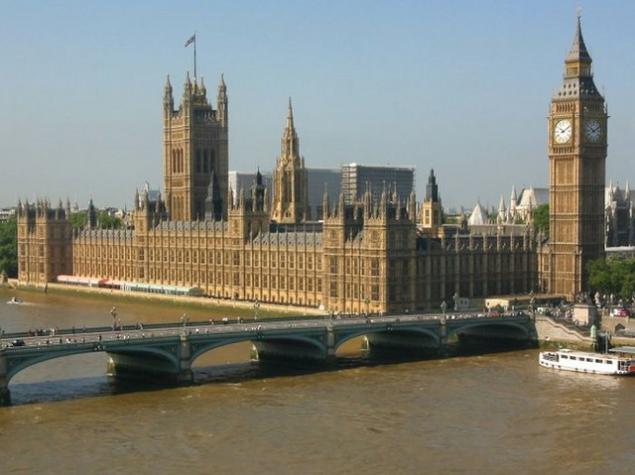
Reims Cathedral in France
The threat is not scratched so great, but still all thin and high. Tower square, the window in the middle of a round, all sit and horror depicted torment. This gothic.
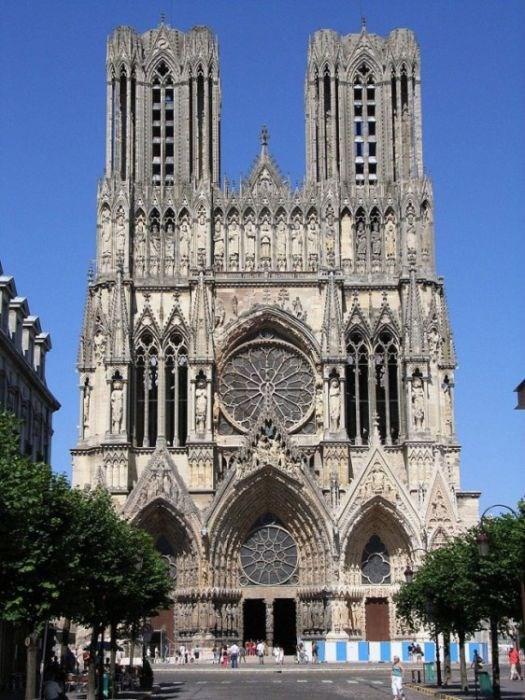
Chrysler Building in New York
If you look at the building you can hear jazz or Charleston, resemble the contours of his hefty stone or a faceted crystal with the addition of aluminum, and it all looks very big, it is Art Deco.
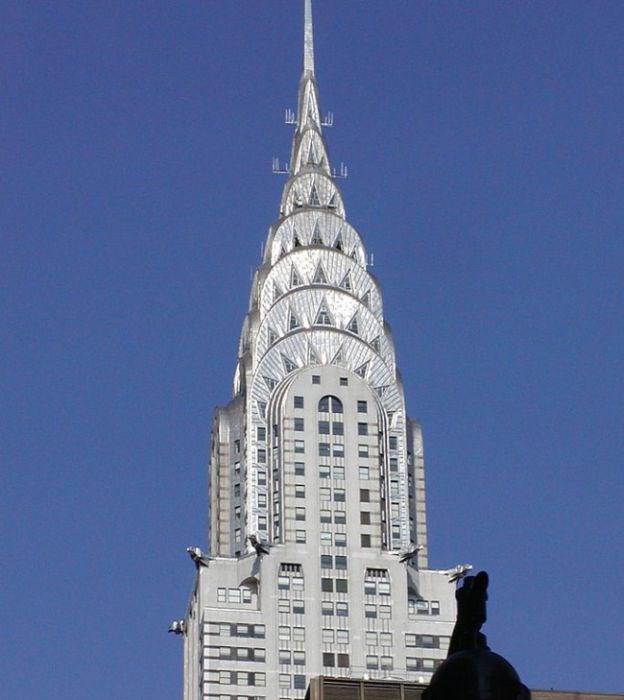
Museum of Contemporary Art in Niteroi, Brazil
If there is a suspicion that somewhere in this house lives or works Iron Man, but a little out of date, it is modernism.
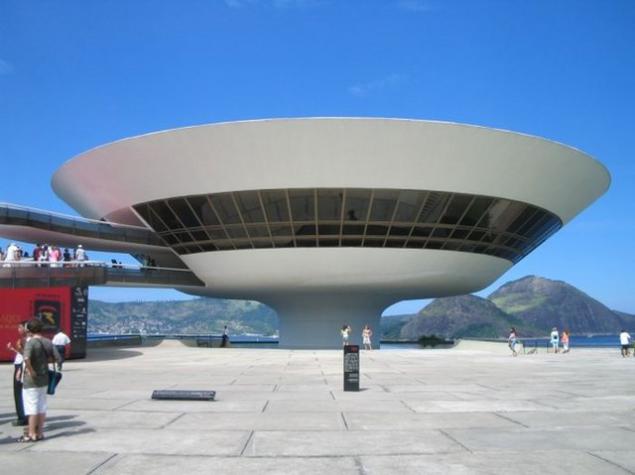
Casa Batllo in Barcelona
A modern (aka art nouveau, aka Art Nouveau) - is quite another. Modern - is when lots of carefully made details about the living and the world of antiquity, in the lines of natural, in the forms of singularity, but it looks more or less normally. Well, if Gaudi exclude, of course.
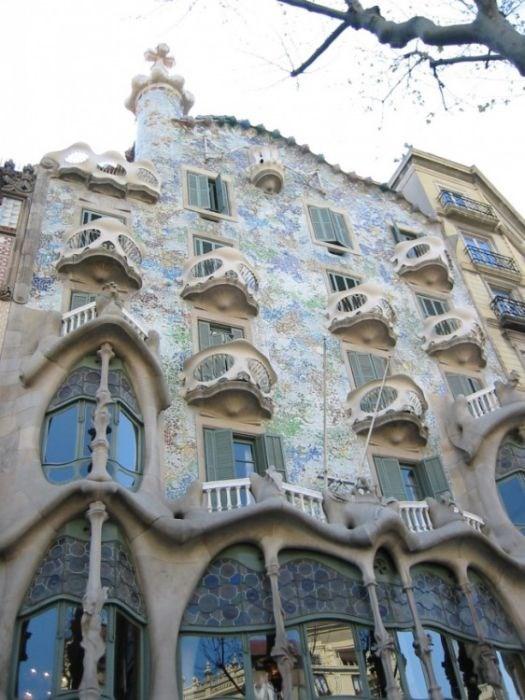
White Tower in Ekaterinburg
If the concrete parallelepiped or cylinder cut down small windows, painted in gray, white, yellow or green, and made an interesting entrance group of concrete, this is constructivism.
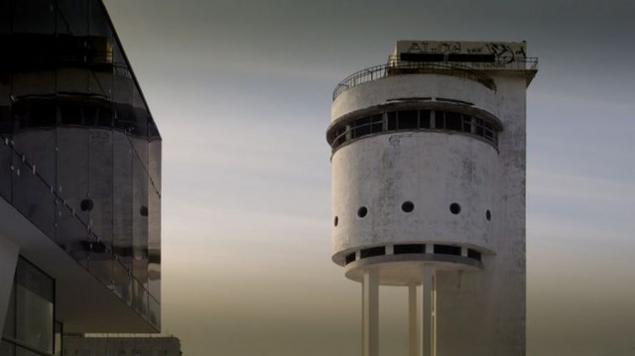
Dancing House in Prague
If the house is broken, bent, twisted, collapsed and generally behaving strangely, it's deconstruction.
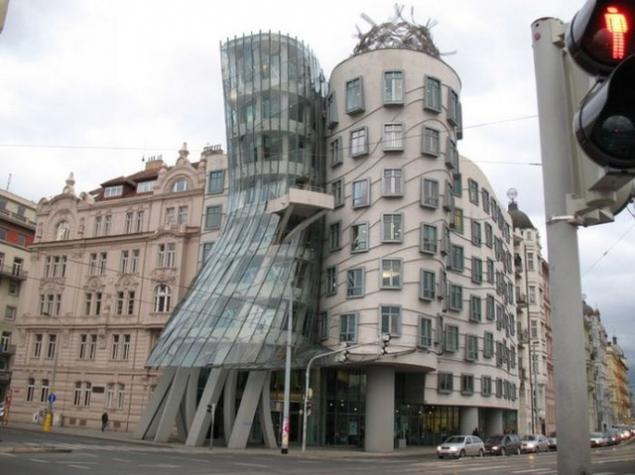
Building Fuji TV in Japan
Not to be confused with high-tech bio-Tecom: it's all glass, metal and concrete, but the hi-tech with the corners, and bio-tech no corners.
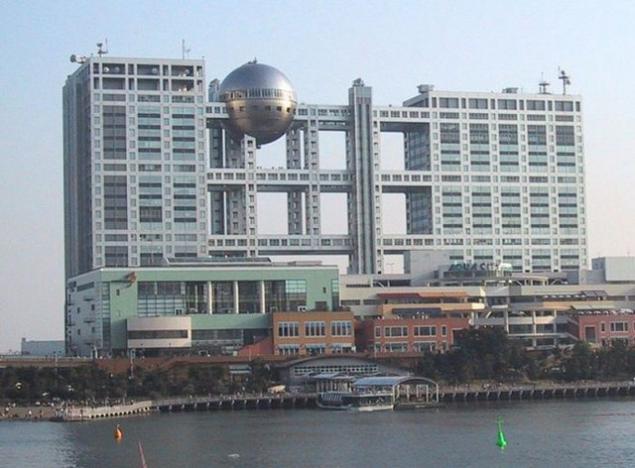
Gherkin in London
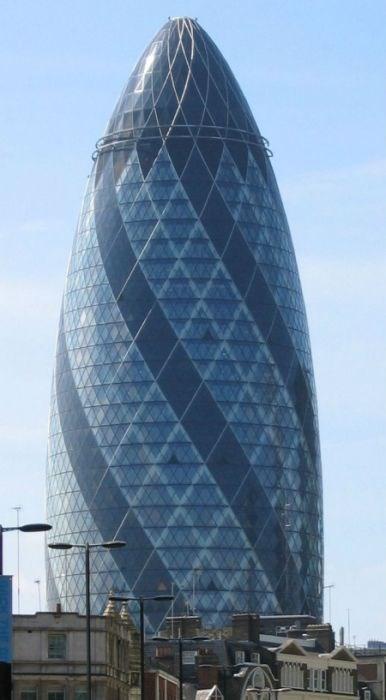
Library in San Antonio, United States
If anything is not clear, all mixed, and it seems that the architect does not shrink substances is postmodernism.
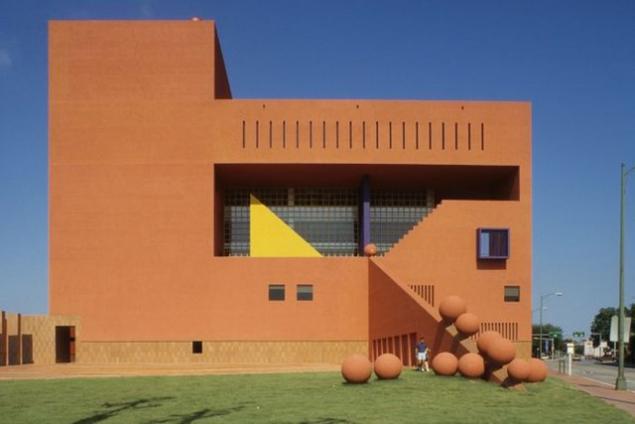
From
Pantheon in Paris
If all is strict, direct, blissfully symmetrical and large round columns - a classicism.

Triumphal Arch in Moscow
If classicism became more solemn, pretentious and higher, it is the Empire.

The hotel "Ukraine" in Moscow
If this main building of Moscow State University, or one of six other such buildings twins, or ring metro stations, it is Stalin's empire.

The castle of Versailles in Paris
If you are tired of classicism rigor, straight lines and following the ancient canons, and now the building resembles a dessert with whipped cream, sprinkled with gold, decorated with stone atlantes and other people - this is the Baroque.

Chinese house in Potsdam, Germany
If you think that the building flirts with you, whimsical purses lips and corrects abundant but thin, light, elegant gold ornaments and swirls, you're not uporolis. It's just the Rococo.

Cathedral of St. James in Santiago de Compostela in Spain
If the splendor of the densely naleplennyh details and frills becomes uncomfortable, even baroque, it ultrabarokko.

Peter and Paul cathedral in Kazan
If the building in Russia looks like a painted tall gingerbread house, and immediately want to eat, it is Russian Baroque.

GUM in Moscow
If the building is like something very old Russian, but all the "rich" and decorated the antiquity does not pull, it is pseudo-Russian style. Disappointing that name.

Palace of Westminster in London
If you think about the building can be scratched - it is all tall, slim and sharp - it is neo-gothic.

Reims Cathedral in France
The threat is not scratched so great, but still all thin and high. Tower square, the window in the middle of a round, all sit and horror depicted torment. This gothic.

Chrysler Building in New York
If you look at the building you can hear jazz or Charleston, resemble the contours of his hefty stone or a faceted crystal with the addition of aluminum, and it all looks very big, it is Art Deco.

Museum of Contemporary Art in Niteroi, Brazil
If there is a suspicion that somewhere in this house lives or works Iron Man, but a little out of date, it is modernism.

Casa Batllo in Barcelona
A modern (aka art nouveau, aka Art Nouveau) - is quite another. Modern - is when lots of carefully made details about the living and the world of antiquity, in the lines of natural, in the forms of singularity, but it looks more or less normally. Well, if Gaudi exclude, of course.

White Tower in Ekaterinburg
If the concrete parallelepiped or cylinder cut down small windows, painted in gray, white, yellow or green, and made an interesting entrance group of concrete, this is constructivism.

Dancing House in Prague
If the house is broken, bent, twisted, collapsed and generally behaving strangely, it's deconstruction.

Building Fuji TV in Japan
Not to be confused with high-tech bio-Tecom: it's all glass, metal and concrete, but the hi-tech with the corners, and bio-tech no corners.

Gherkin in London

Library in San Antonio, United States
If anything is not clear, all mixed, and it seems that the architect does not shrink substances is postmodernism.

From



